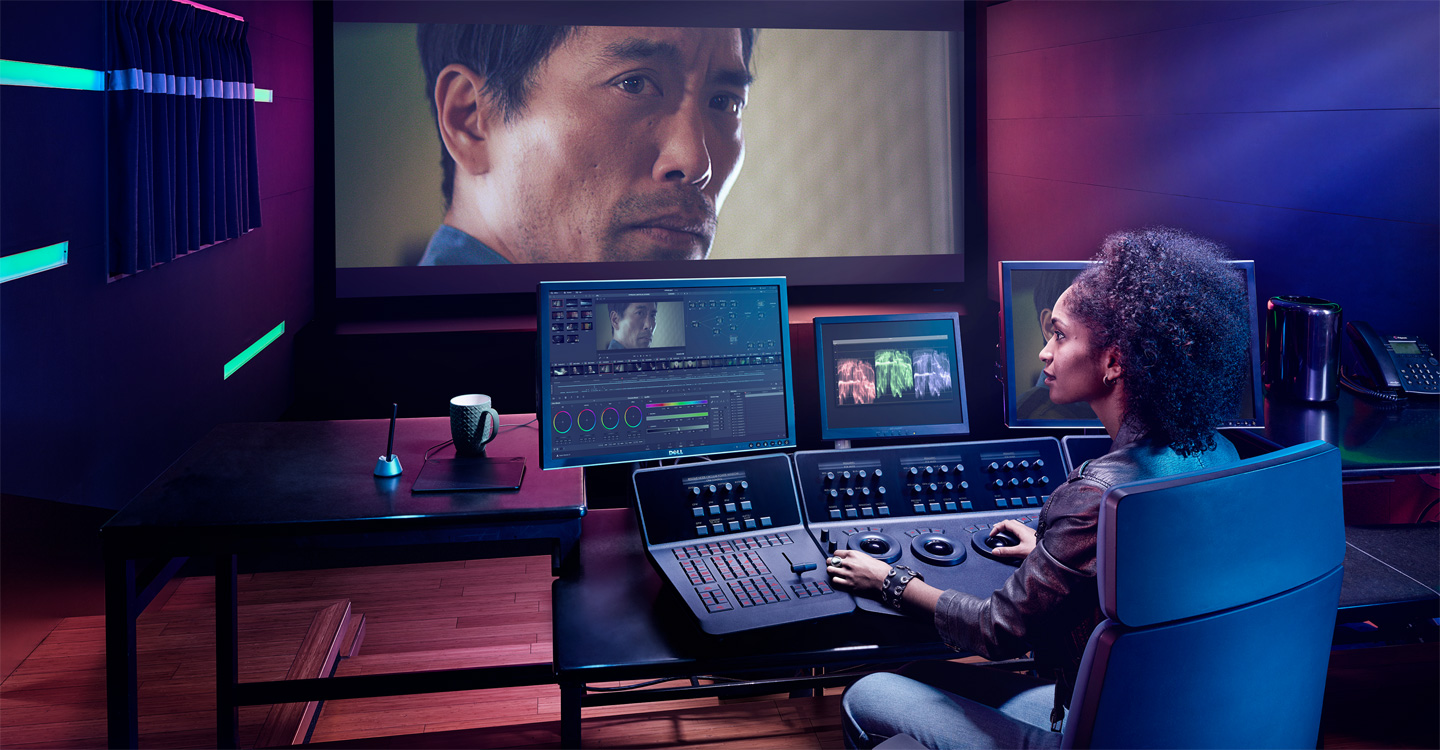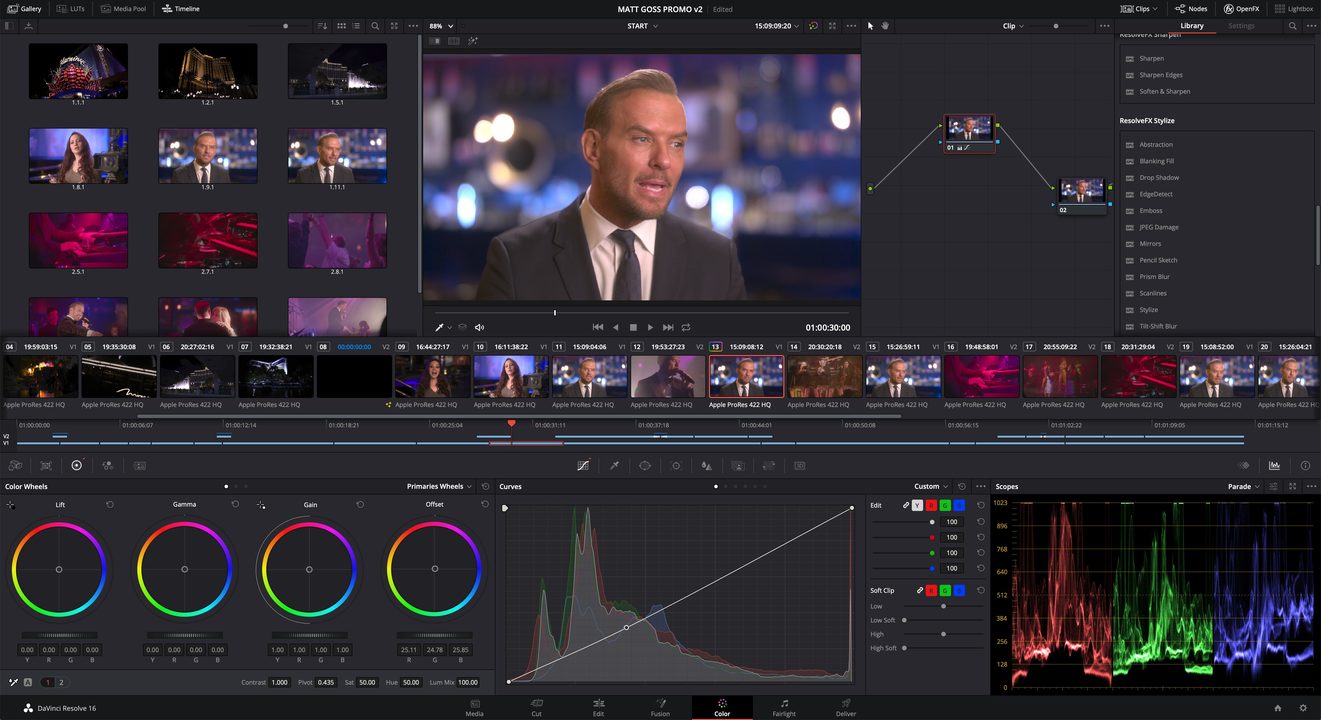

DNxHD data is typically stored in an MXF container, although it can also be stored in a QuickTime container.Īvid DNxHR, which stands for “Digital Nonlinear eXtensible High Resolution”, is a lossy UHDTV post-production codec engineered for multi-generation compositing with reduced storage and bandwidth requirements. Go ahead!Īvid DNxHD (“ Digital Nonlinear E xtensible High Definition”) is a lossy high-definition video post-production codec developed by Avid for multi-generation compositing with reduced storage and bandwidth requirements… DNxHD is a video codec intended to be usable as both an intermediate format suitable for use while editing and as a presentation format. Also you can check the official documentation from Avid. However a ‘Wikipedia definition’ may be a good introduction to what we are talking about when we mention DNx codecs. I don’t want to spend too much time explaining the whole definition and technical aspects of this codec because I suppose this is familiar to you. mov from Olympus OMD EM1.2 on the DaVinci Resolve | Master / Media area, and looks like DaVinci doesn’t think it is a video clip.Still: “Que los cuentos sean verdad”, Short Film, Directed by Laura Zacanini First things first: What is DNxHD and DNxHR? Icon=/opt/resolve/graphics/DV_Resolve.png Sudo vi /usr/share/applications/sktopĮxec=env QT_DEVICE_PIXEL_RATIO=2 QT_AUTO_SCREEN_SCALE_FACTOR=true /opt/resolve/bin/resolve desktop file for your DaVinci installation: In case someone else needs the details on how to do it, let me repeat the exact steps…Įdit the. When I saw the DaVinci splash screen displaying as 30% of my 4K screen, and then I saw the menus and toolbars, without any blur, I literally jumped on my chair. Rushing through the first ever C4K project to see how it goes.



OMG! I am so excited to try out DaVinci resolve rendering of C4K.


 0 kommentar(er)
0 kommentar(er)
